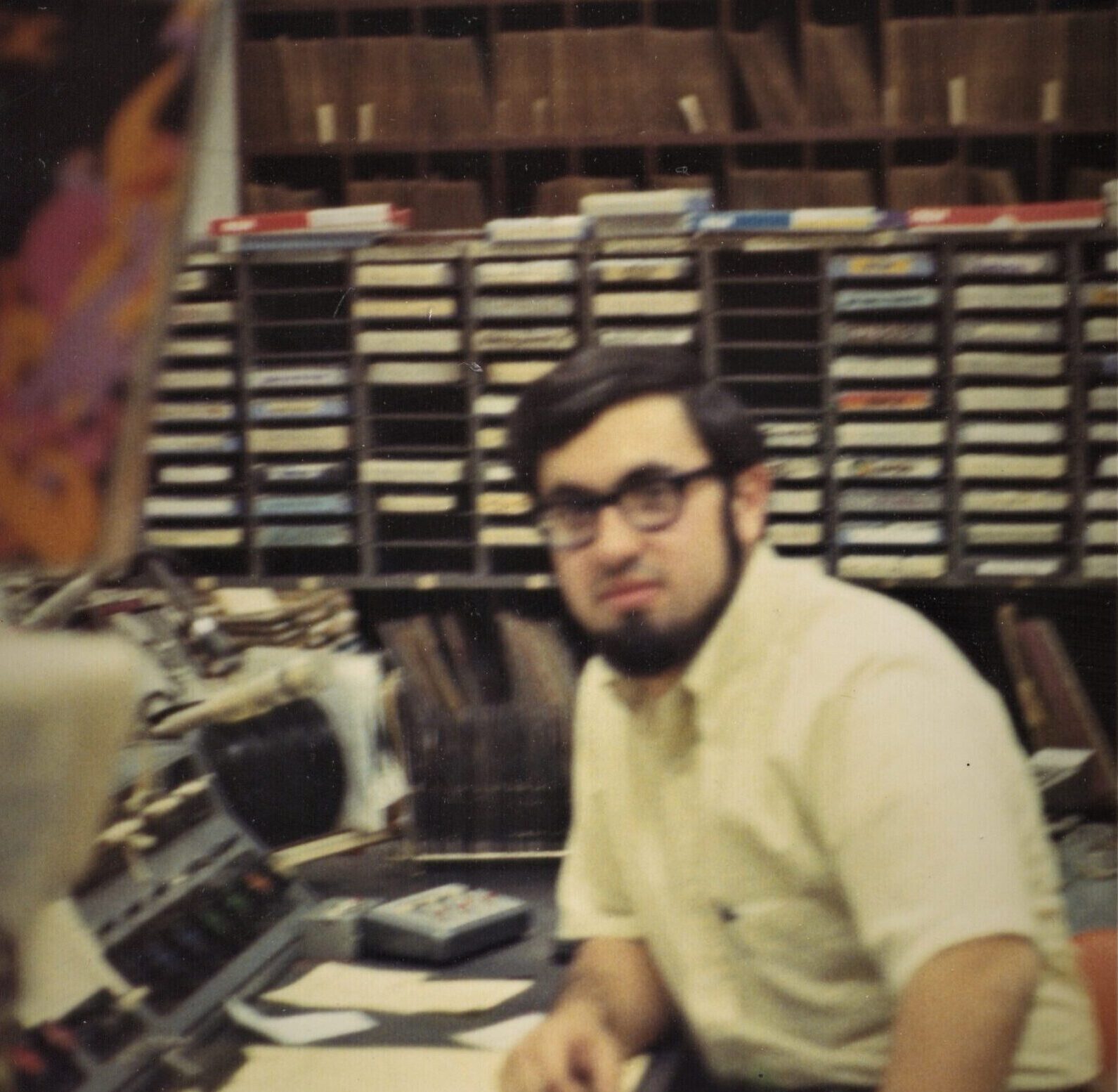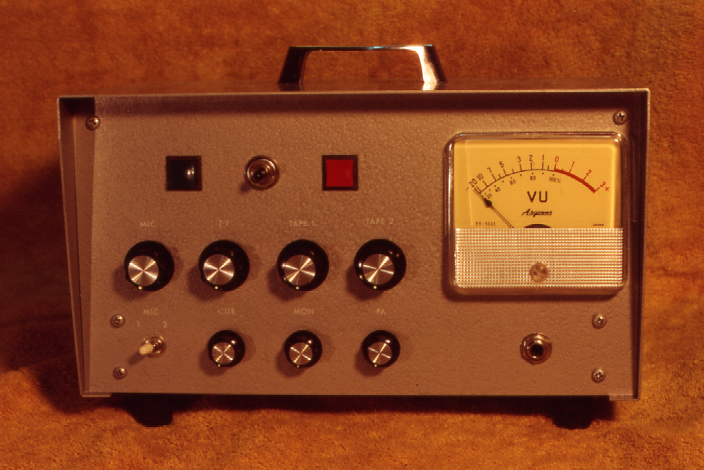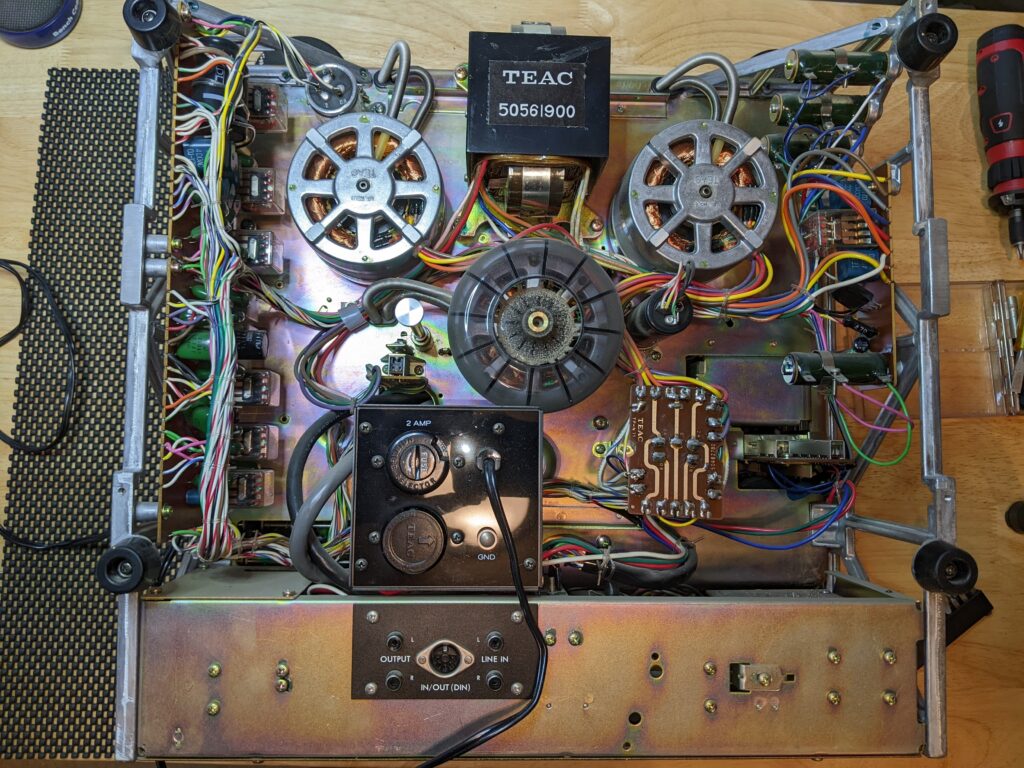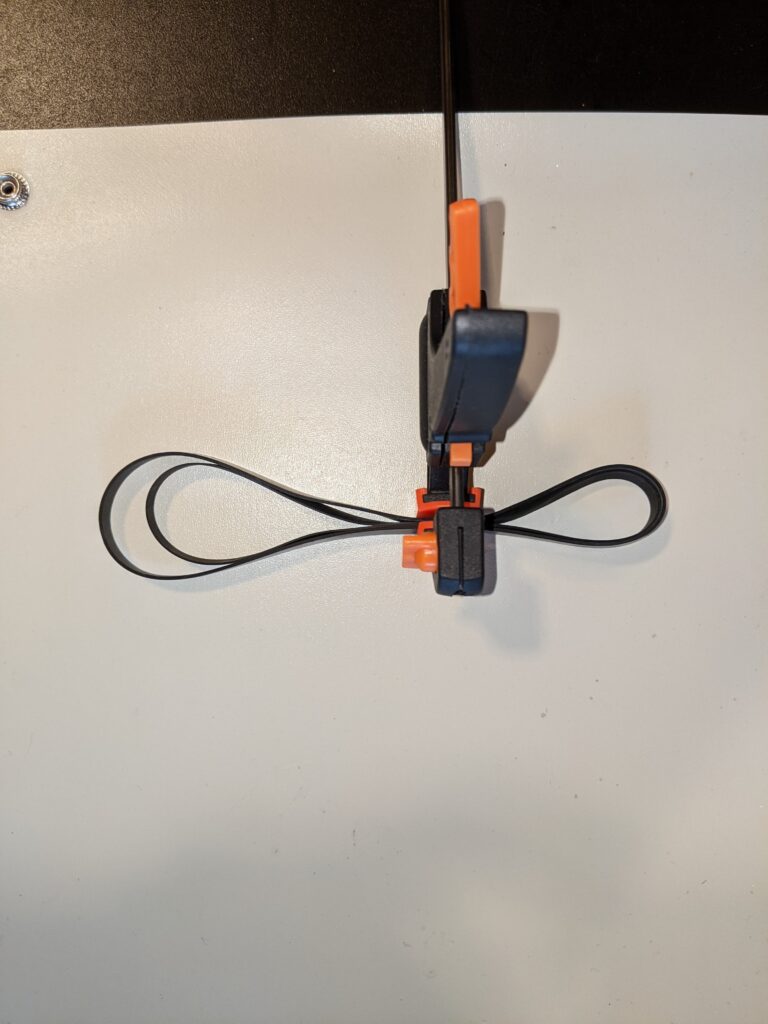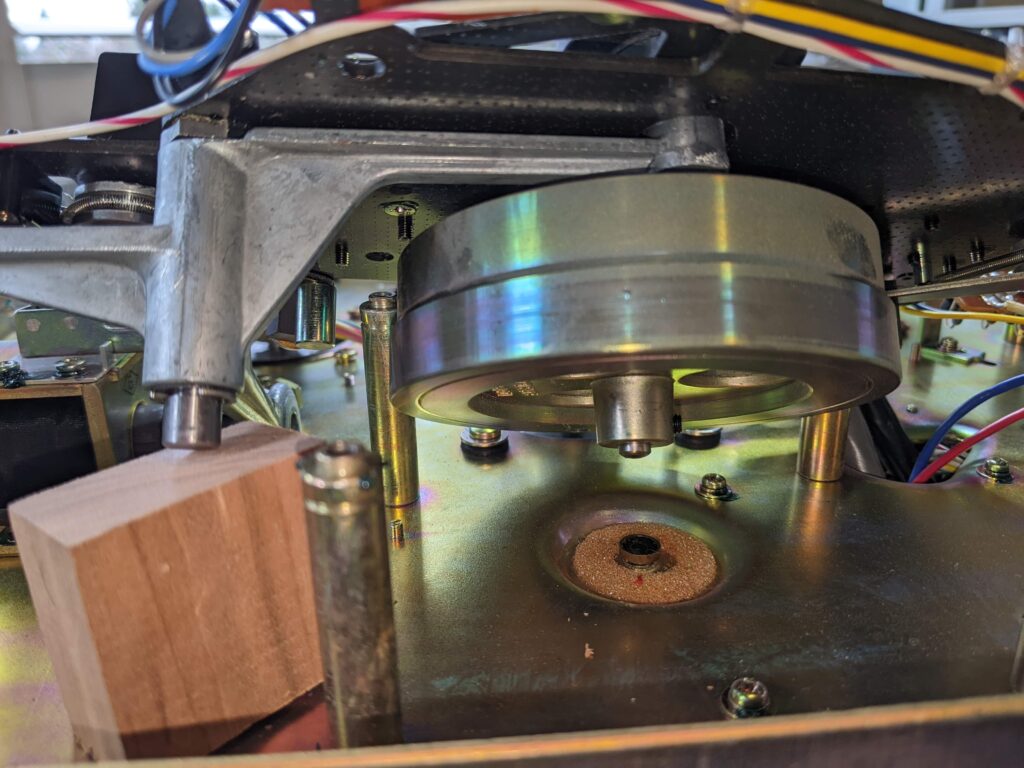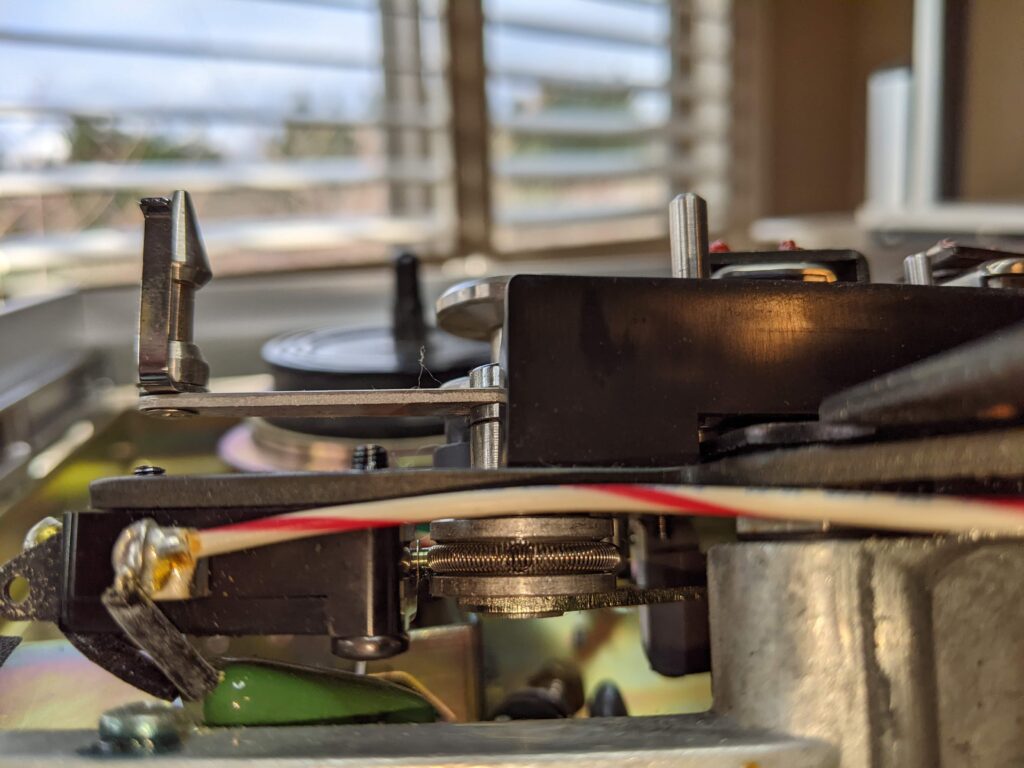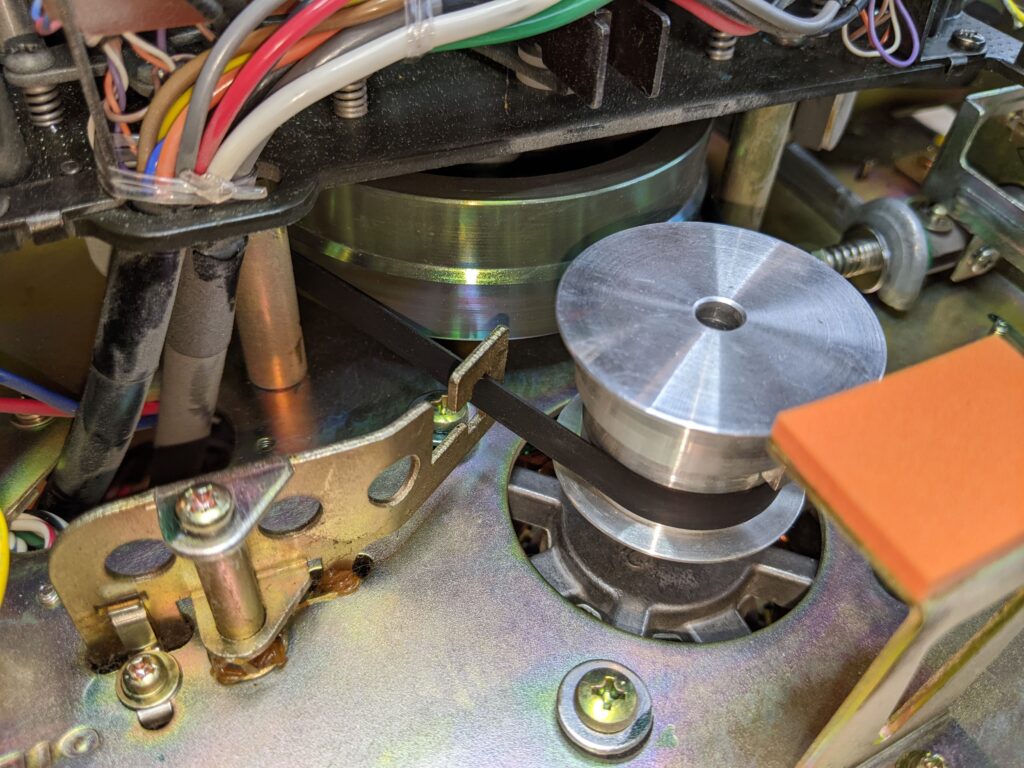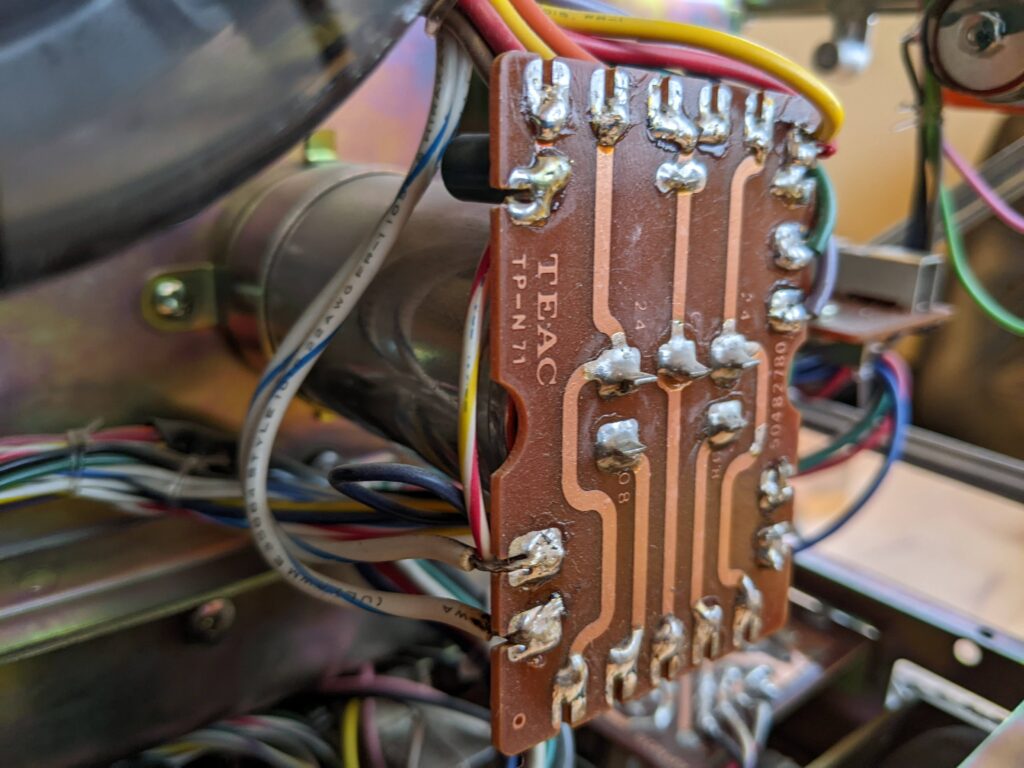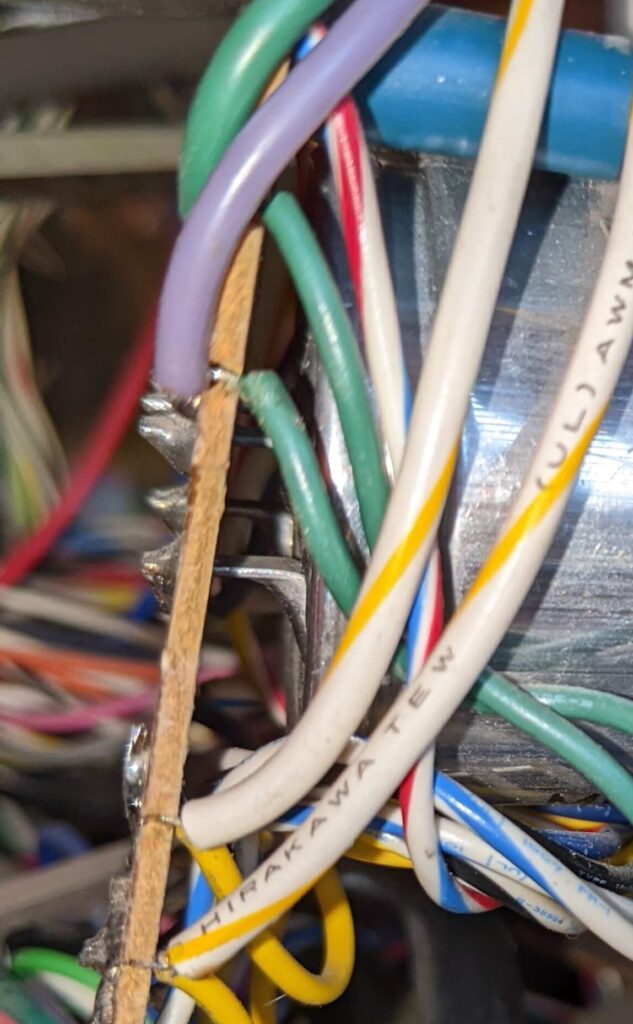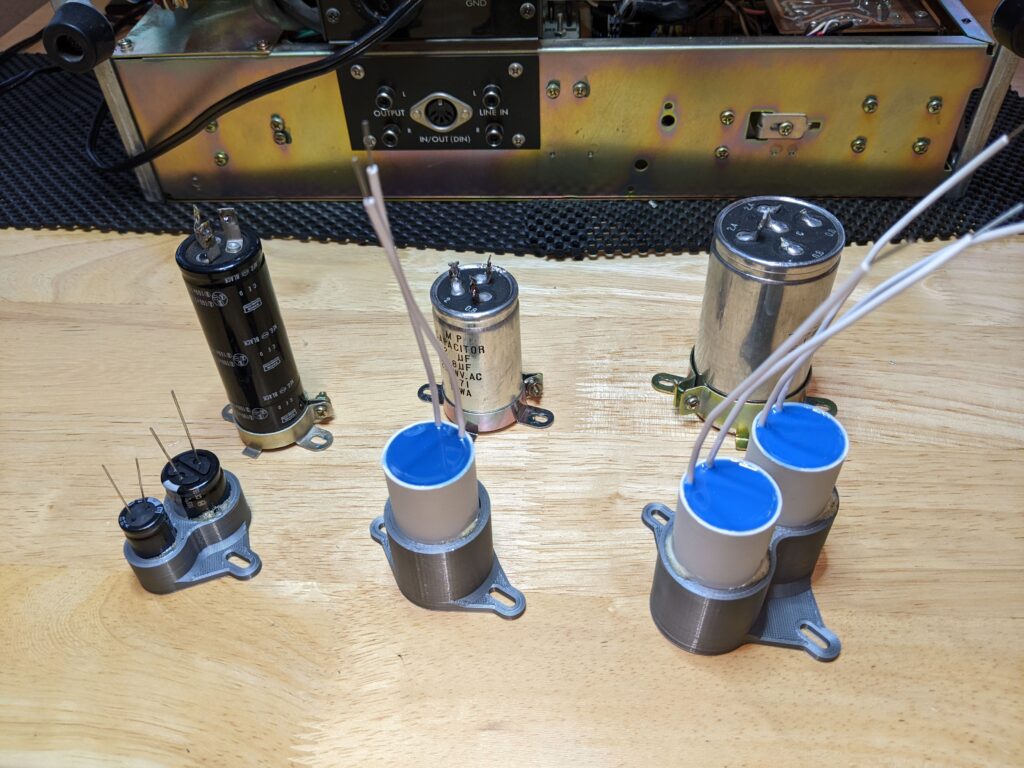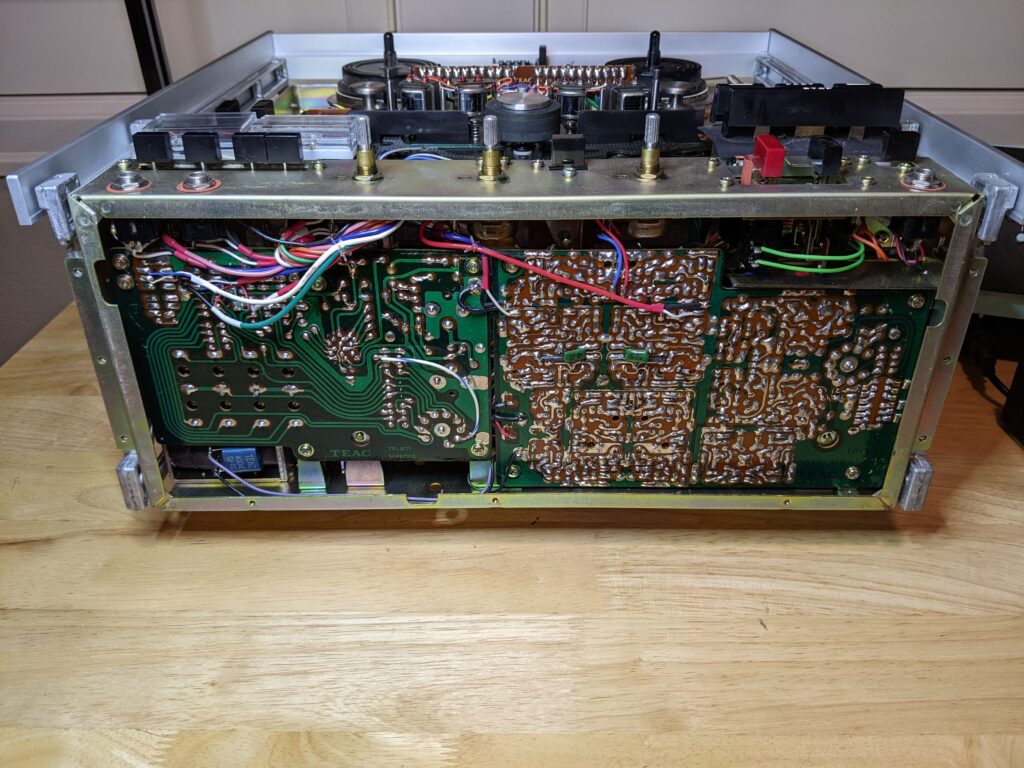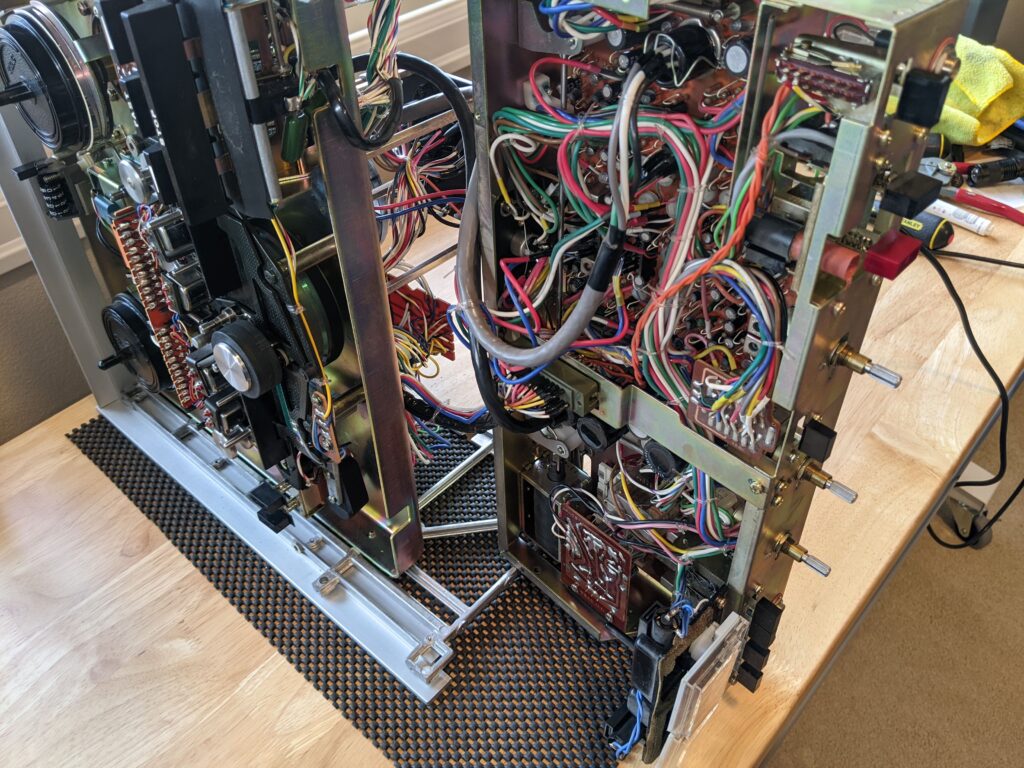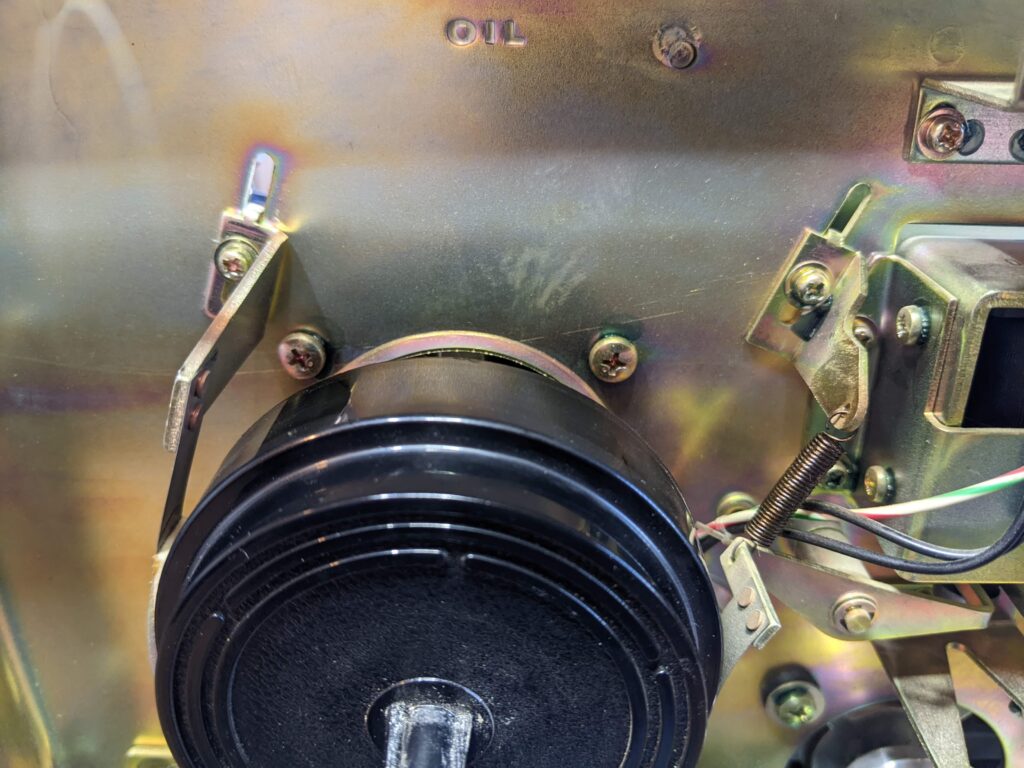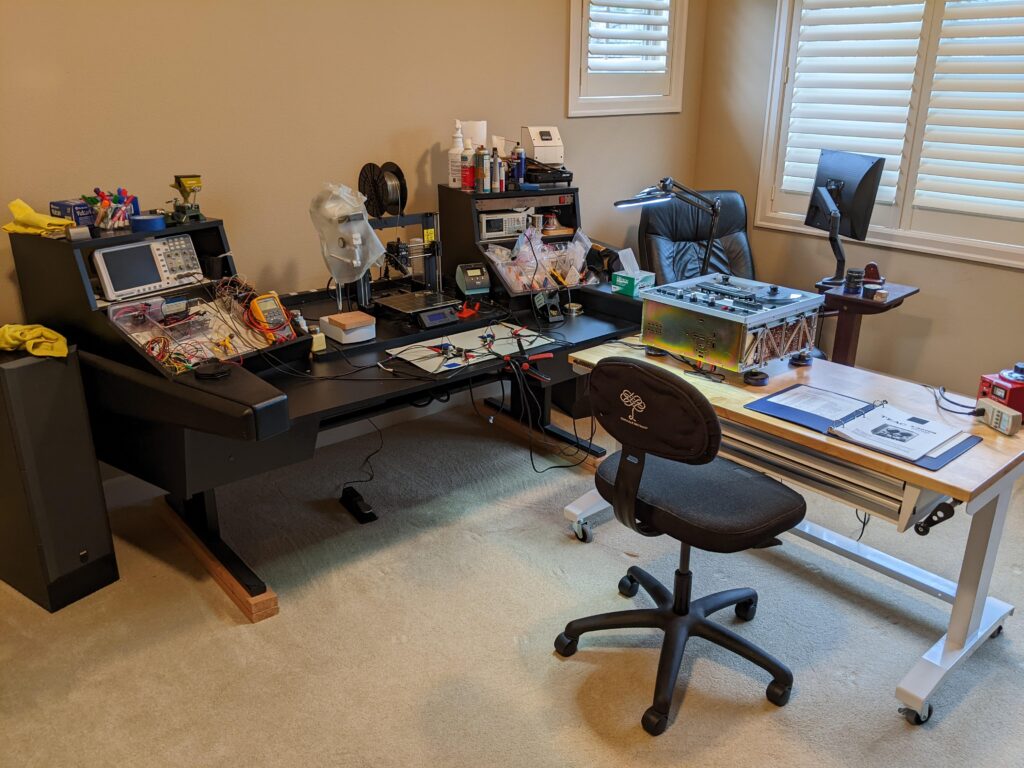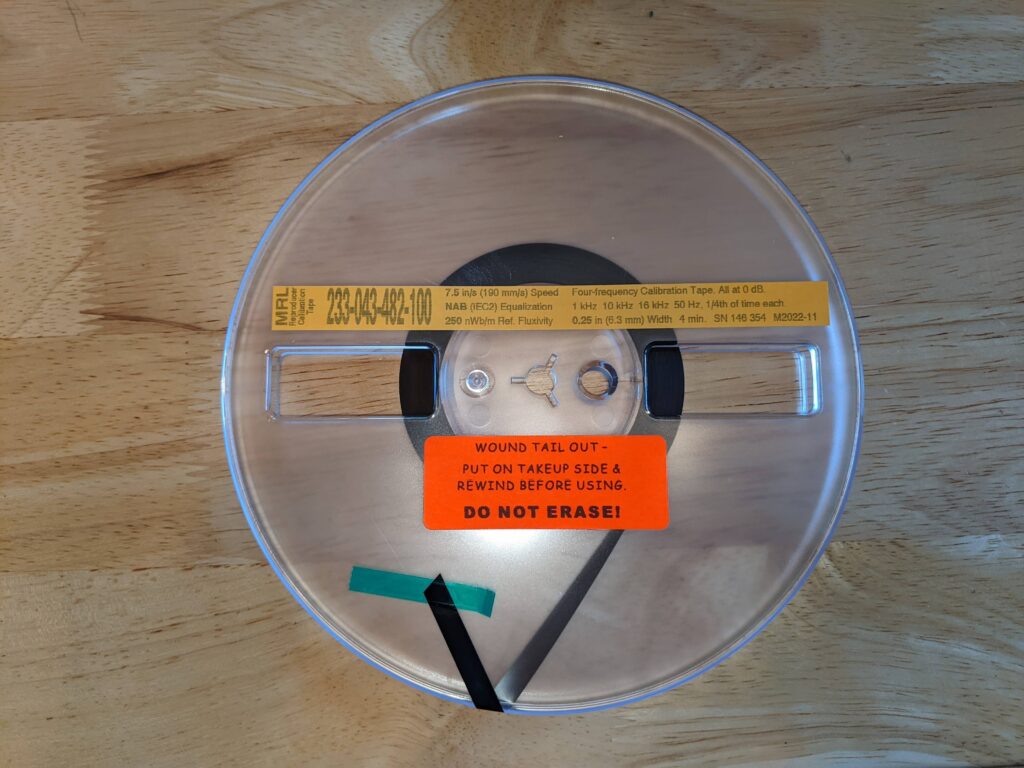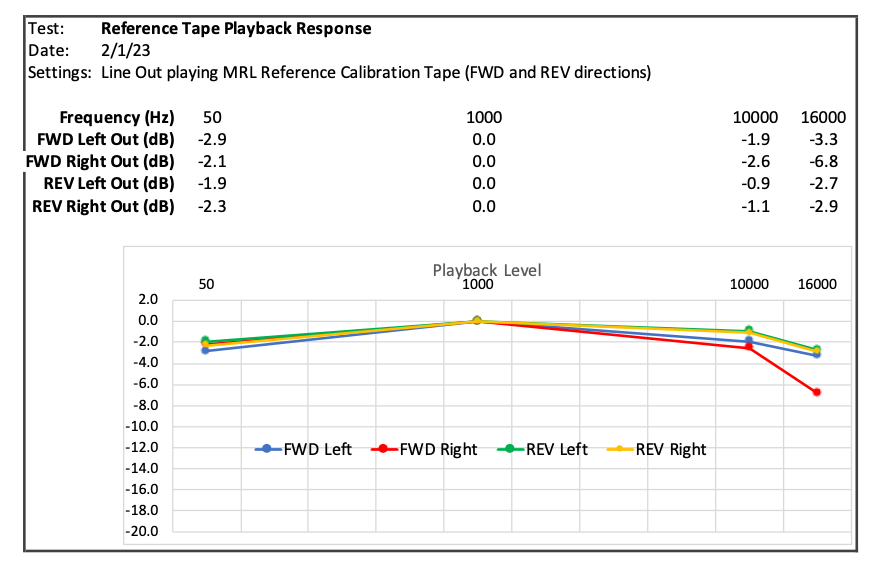1960-1963
The Attractions of Amateur Radio
We moved to a different house in 1960, where the prior owner had left a short-wave antenna on the roof with a wire dangling into the dining room. Intrigued, I begged my Mom to buy a crystal radio kit I’d seen in a store window. Connecting to the antenna, I could hear local radio stations.
Then a neighbor across the street erected an enormous antenna on his roof, and I started picking up a much louder signal which I realized was coming from him. I shyly knocked on his door and showed him my crystal set. After a thoughtful puff on his pipe, he invited me in to see his own radio equipment. He let me spin the glowing receiver dial and I heard voices from all over the world. Then he activated his transmitter, made a contact, and handed me the microphone so I could say hello to someone far away. I was instantly spellbound by this wireless wizardry (and admittedly, I still am).
I’d found my first mentor, Fred Mey, K7JFY. He explained how I’d have to learn Morse Code and radio theory to get a license, and off we went. Here I am in July 1960 proudly displaying my novice class call sign, KN7OLZ (aka the Old Lonesome Zombie):
